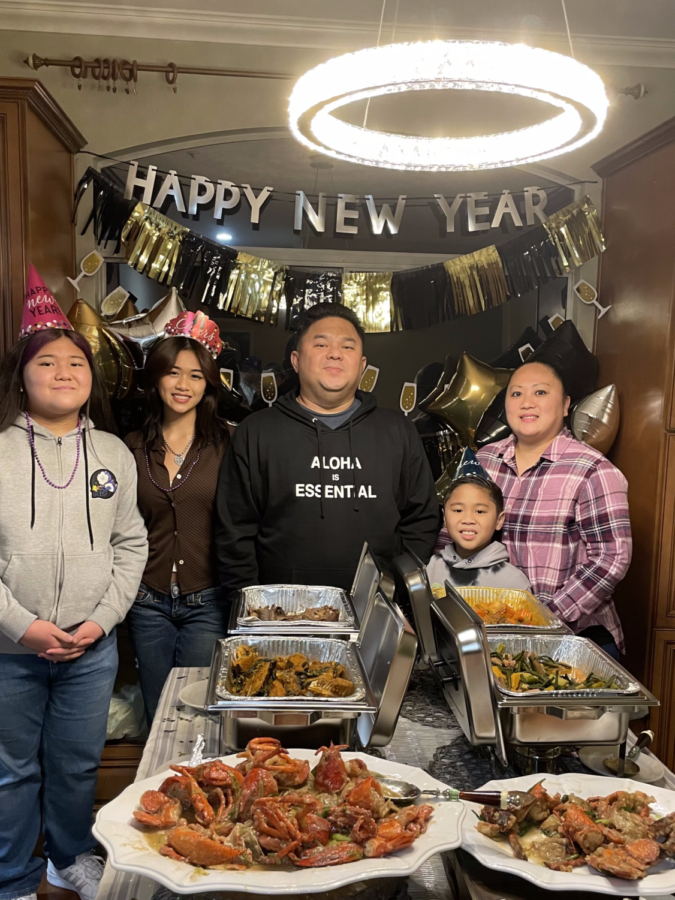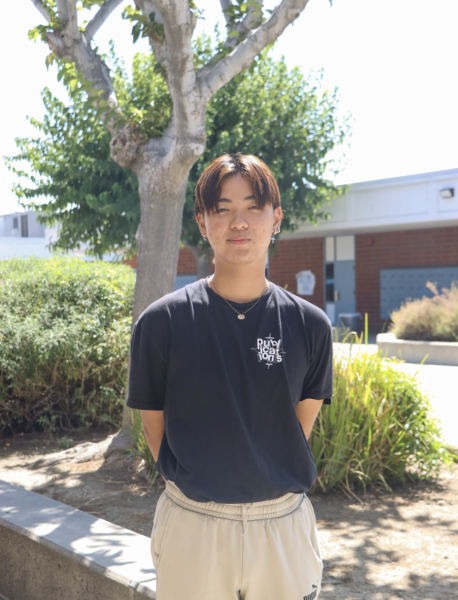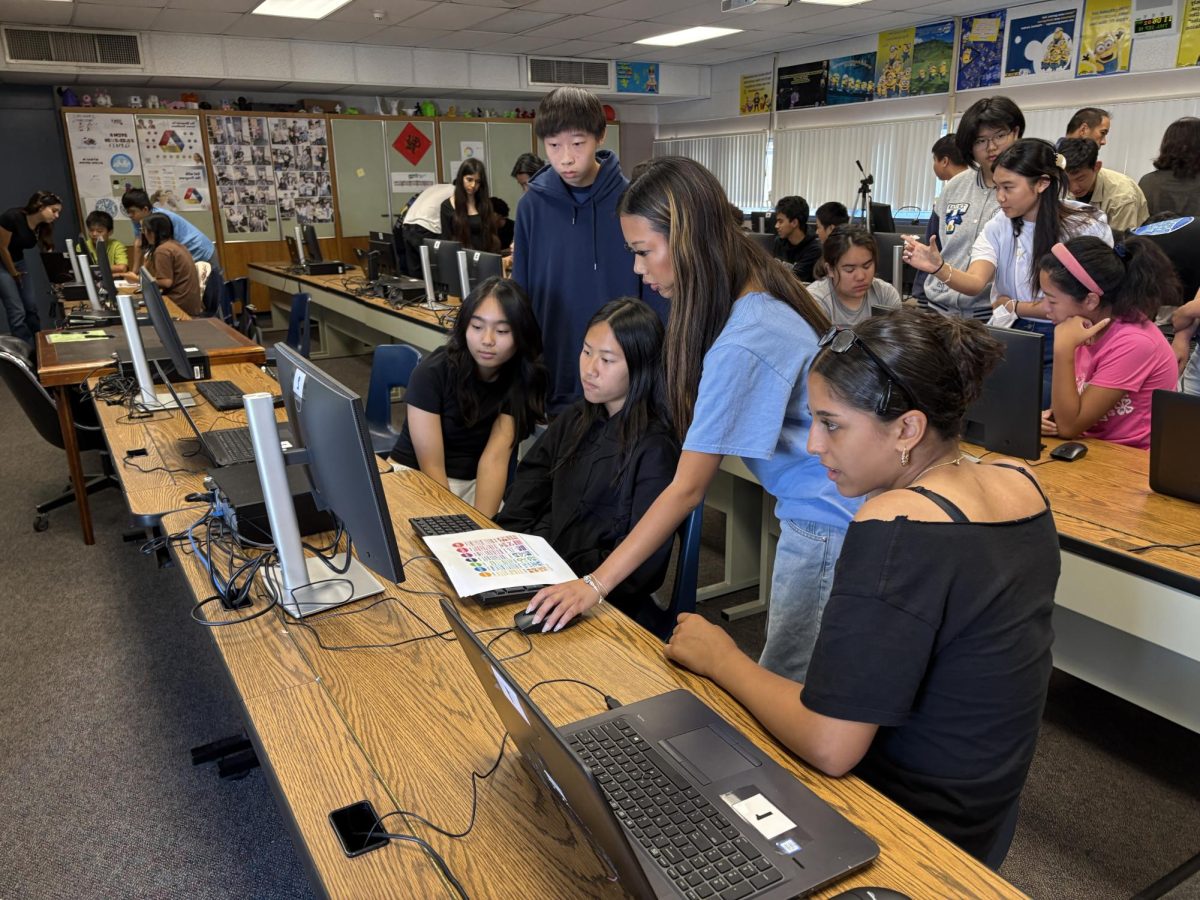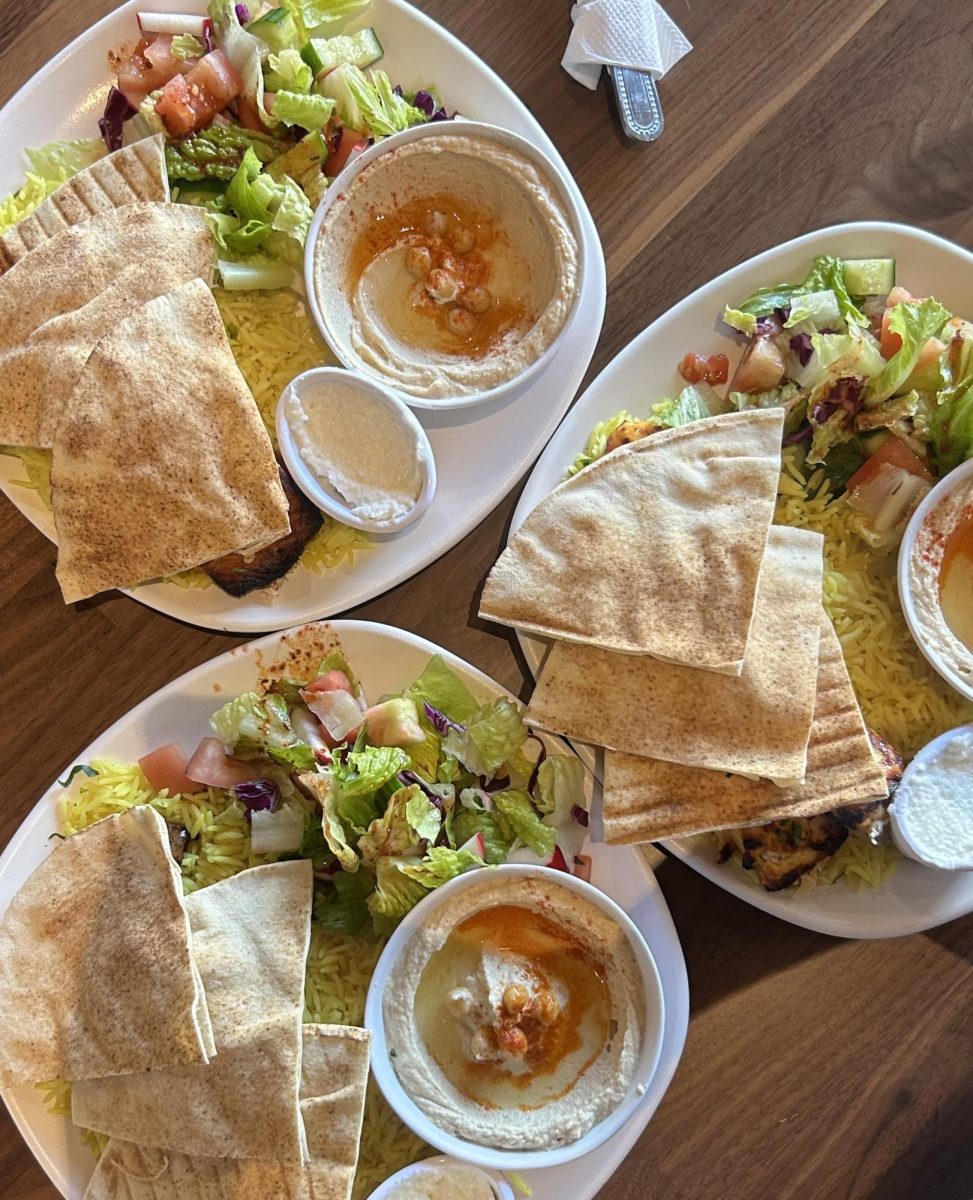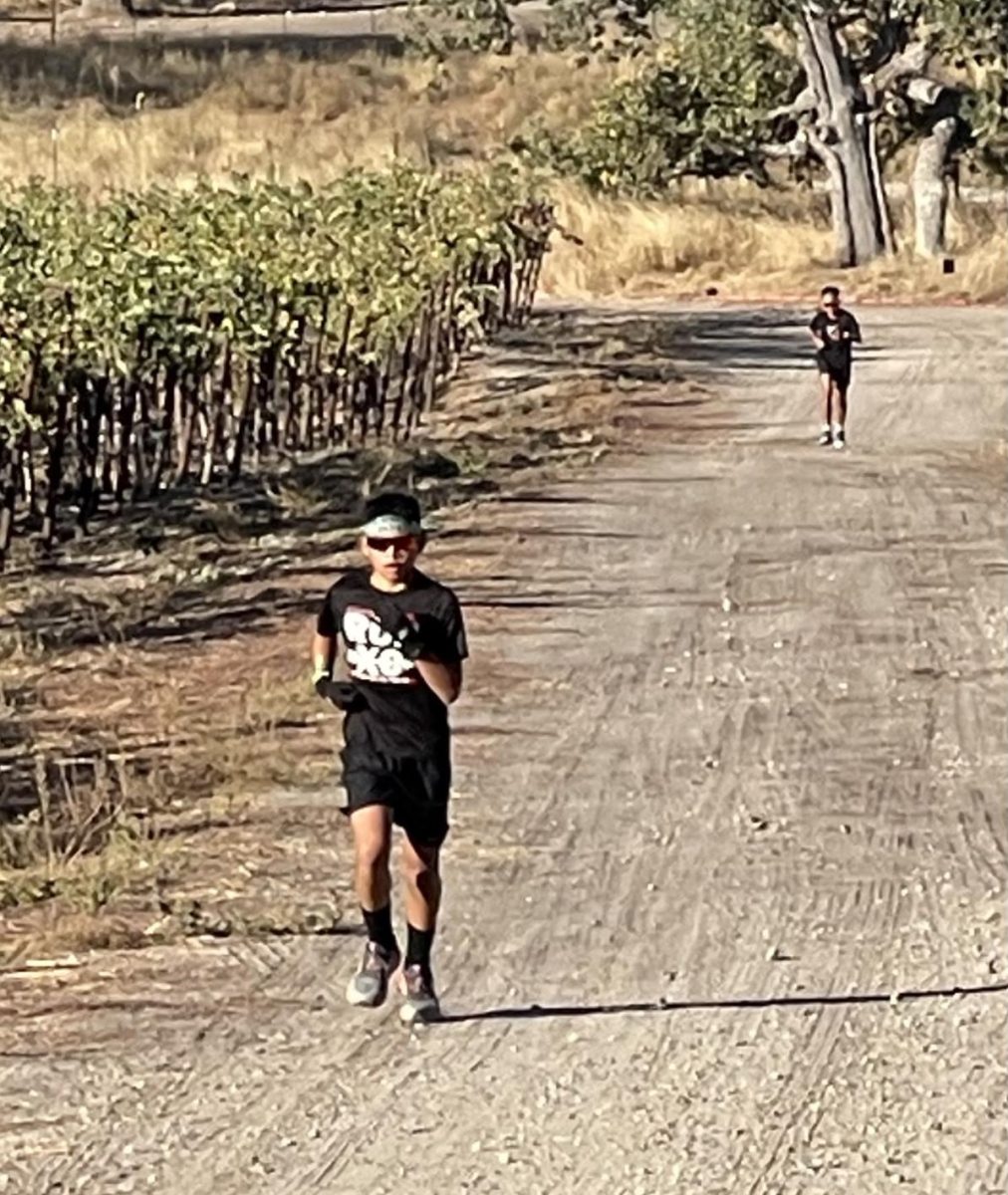Picture perfect for the holidays
December 14, 2022
The dinner table slowly fills with food until not a single inch of the surface is uncovered, a rich, sweet smell of butter and condensed milk enveloping the air above. Senior Kaela Tejada and her family sit down at the table for a New Year’s meal.
Tejada, who lives with her mother, stepfather and younger siblings, celebrates the holidays with visits to each side of the family. Once the holiday season hits, Tejada begins Christmas celebrations with her stepfather’s side of the family, and the next day with her mother’s side. When celebrating with her stepfather’s side of the family, Tejada is often disconnected from the other members of the family. However, through traditional foods and a shared celebration, Tejada has forged meaningful connections with her stepfather’s side of the family.
“When I’m going to my step dad’s side, my parents will make me try to look better when I go over there,” Tejada said. “In my experience, I feel like I’m supposed to act a certain way when I’m there. Like I can’t really be myself. I have to kind of act perfect.”
Even though Tejada’s entire family is Filipino, her mother’s side of the family celebrates the holidays with their Filipino culture, while her stepfather’s side celebrates with more traditionally American customs. For example, while Tejada’s stepfather’s side plays musical chairs and watches sports, Tejada’s mother’s side plays Filipino games; one of these games involves rolling a can on a table with money, and applying the correct amount of pressure for the can to align with one of the bills.
“On my mom’s side we celebrate more of the Filipino culture when it comes to New Year’s. We throw coins on the floor once it becomes a new year. That makes me feel more excited about the holidays because it’s something everybody looks forward to,” Tejada said. “Then on my step dad’s side, it’s just a very normal, American type of celebration.”
Although culture can act as an element of division for Tejada’s family, it can also bring them together. Through foods such as Kare Kare, a Filipino stew consisting of a peanut sauce, oxtail and a variety of vegetables, and Halo Halo, a shaved ice and condensed milk dessert, Tejada’s family is brought together through the food that they eat.
“I’d say that my favorite part of the holidays is all the Filipino food,” Tejada said. “When we’re all eating the food we all talk to one another and eat, [it] brings us all together.”
In addition to the contrasting cultures present during the holiday season, a difference in economic status causes further separation between the two families.
“My step dad’s side is somewhat the rich part of the family. When they ask for something expensive, they get it,” Tejada said. “When we went holiday shopping one time there was just that divide. They’re able to just ask for it and get it, but we have to work. My parents have to work harder for it.”
Regardless of the differences Tejada sees between her stepdad’s side of the family, and herself, she manages to form meaningful connections.
“Since my cousins are around my age, with humor, pop culture and fashion we get along,” Tejada said. “Especially humor because my cousins are really funny. It’s just that you see certain mannerisms that you don’t like, but you push that aside just because they’re family.”
Despite these dividing factors, Tejada forms connections with extended family members through sharing the food she makes herself.
“I love cooking for people. It’s like when people say food is like a love language and say that’s how their moms show their love,” Tejada said. “I think I’m the same way also because when you’re cooking, it takes a lot of time and effort and then seeing people actually enjoy it makes me really happy.”
In spite of the factors affecting Tejada’s celebration of the holidays, the one of highest importance is the presence of family.
“I think the holidays are about family. I know a lot of people when they think about the holidays they think about gifts and that, but I actually really do enjoy seeing all parts of my family, even if we’re not that close or connected,” Tejada said. “Because there’s nothing necessarily bad about seeing any parts of my family, in the end, it’s just really fun.” Ω

